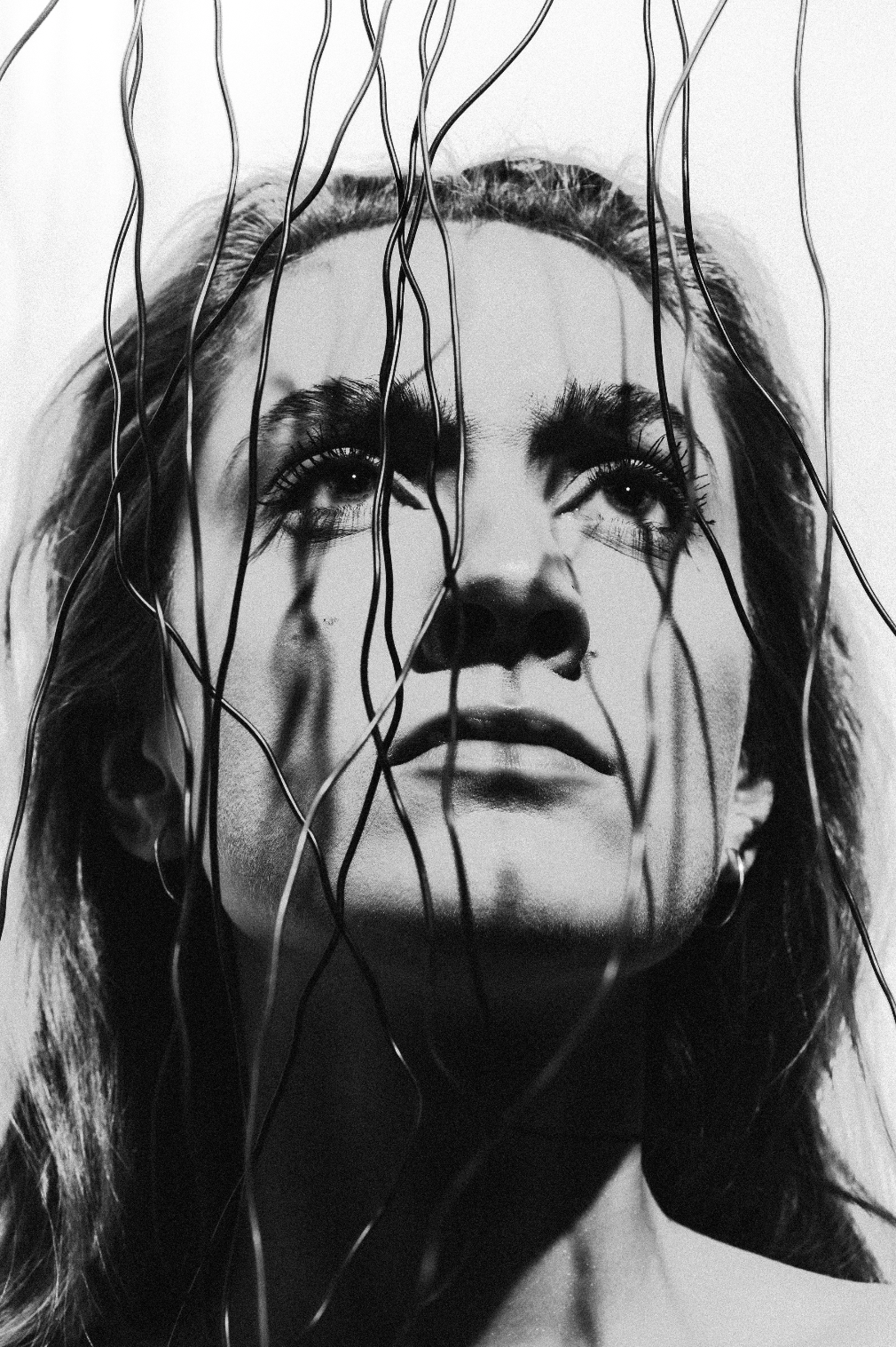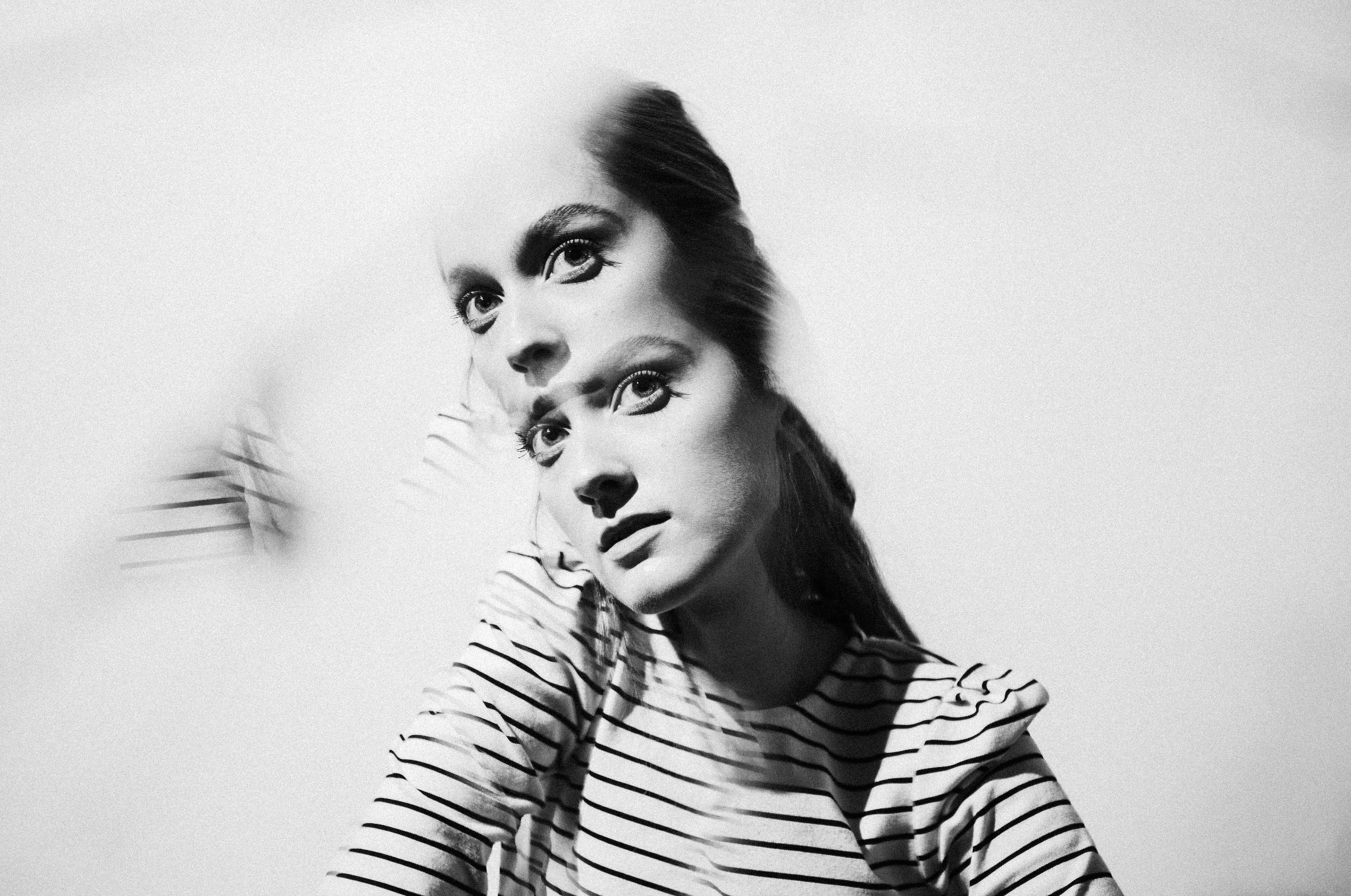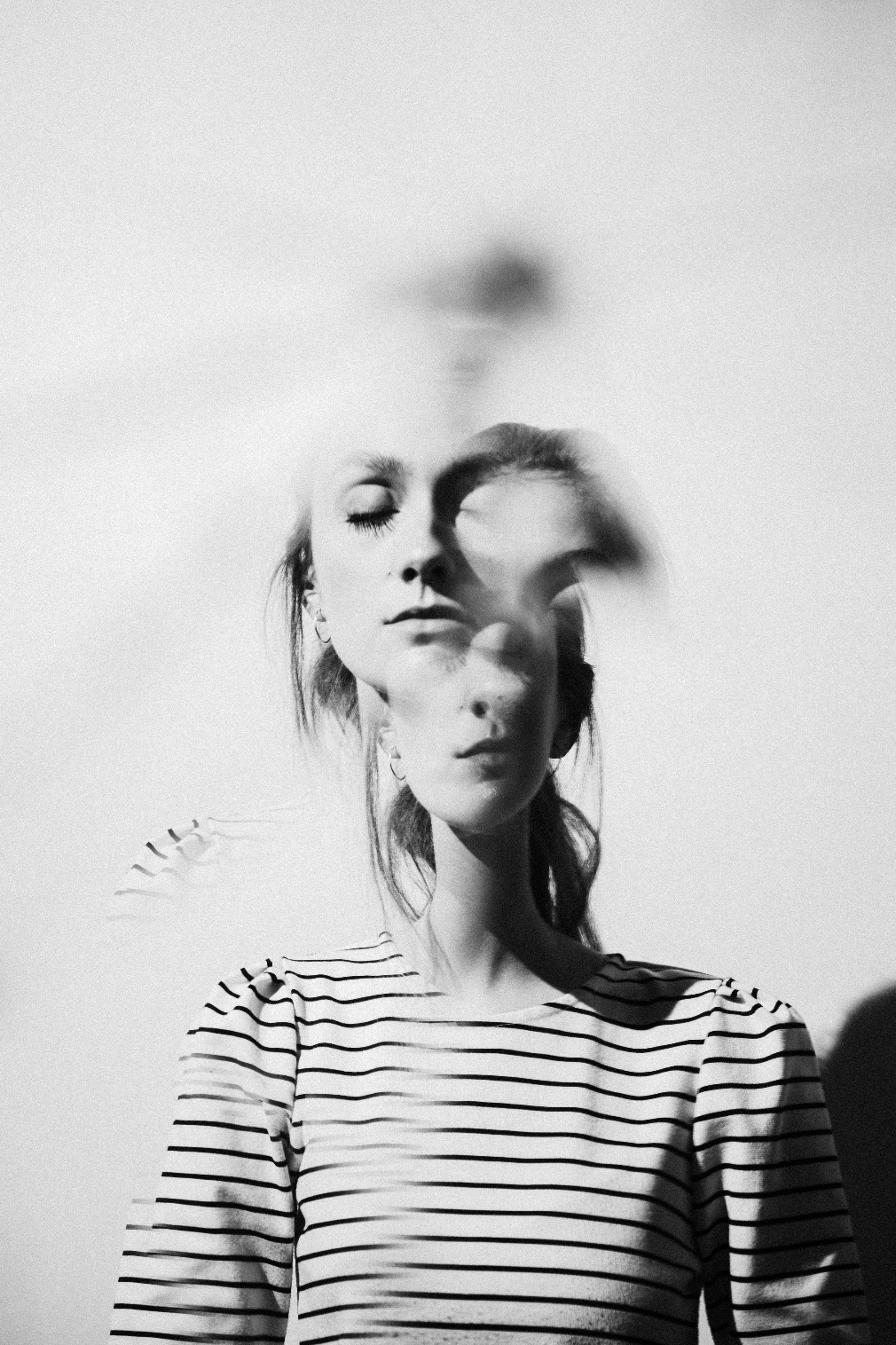Over the past year I’ve been pushing my images into more abstract, painterly directions. As digital images seem to be moving into a realm of hyperrealism, I find myself longing for gritty tangibility. Since I have always more in the get-it-in-camera camp, I have been experimenting with a range of techniques and materials to try and achieve the look I’m after. I started off this past spring by adding substances such as coconut oil and honey to glass and then shooting through it. After that I moved on to shooting with imperfect, fungus-covered lenses to get a hazy, dreamlike quality. Next I tried my hand at capturing distorted reflections in mylar. Most recently I explored what broken mirrors can add to an image.
All these experiments have worked together to inform my process in terms of optimal focal length, aperture, and light quality/direction when working with multiple planes, textures, and reflections. Now that I better understand how to manipulate these mediums I can walk through a hardware store, for example, and visualize how certain materials would look when photographed and lit a certain way, which is exactly what I did last week.
My model Rachel arrived and we chatted for a bit as I finished distressing an air filter (the kind you use in an air conditioner unit) that I had purchased for the shoot. In an effort to make it more transparent I had needed to separate the fibers a bit more. Once it was ready I hung it in front of Rachel, then placed a blue-gelled light in a position that it would light both her and the filter, and I angled a red-gelled light into the backdrop. The resulting images are smoky and mysterious, and I was more than just a little excited.
The second thing that I acquired at the store was a spool of steel wire. I had visualized cutting a number of lengths of wire, hanging them from a boom arm, and bending them into a desired position around my subject. Cutting the strips and manipulating them into shape took some time, which I found to be quite therapeutic, and it brought back fond memories of art school sculpture class. When it came time to photograph them I explored several different ways of photographing them: placing the subject behind the wire while using a shallow depth of field, leaving her out of focus; placing them both on the same focal plane and using a smaller aperture; placing the wire in front of the model while using hard light to pick up the shadows. I couldn’t pick a favorite.
For the final look, Rachel wanted to shoot with the broken mirror I have sitting in my studio. Since I had already photographed it several times in the past couple weeks I wanted to use it in a new way. In prior shoots I had made the cracks the the central focus, and this time I wanted to instead capture the prismatic effect of the multi-planed surface. I had Rachel stand further away from the mirror and I used a wider aperture and longer focal length lens to really throw the cracks out of focus. This resulted in more airy, ethereal images than ones comprised of the heavy, well-defined cracks.
I have really enjoyed these added sculptural elements in my shoots these past six months. I love the innate symbolism in the materials that I choose to work with, which can be implemented into my shoot concept (using honey in my shoot with Chelsea Wolfe, for example). I’m now assessing almost everything around me as a possibile element to be used in future shoots. This renewed sense of curiosity and wonder may be my most important discovery yet.
In case you missed it I’m teaching a two-day creative portraiture workshop in Los Angeles, Columbus, and NYC this January. These are exactly the kind of techniques we will be exploring. For more info go to https://www.nickfancher.com/workshops.








